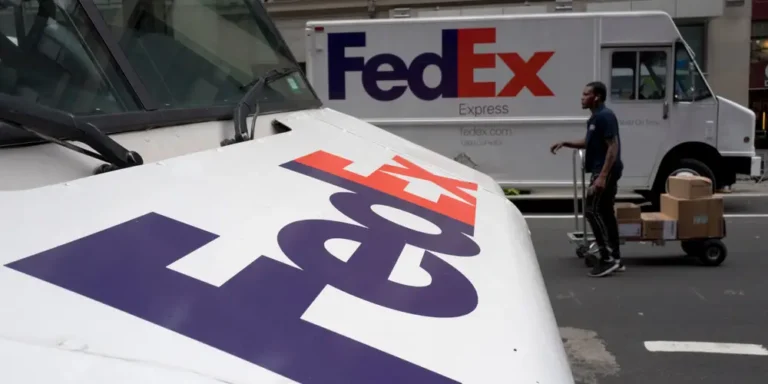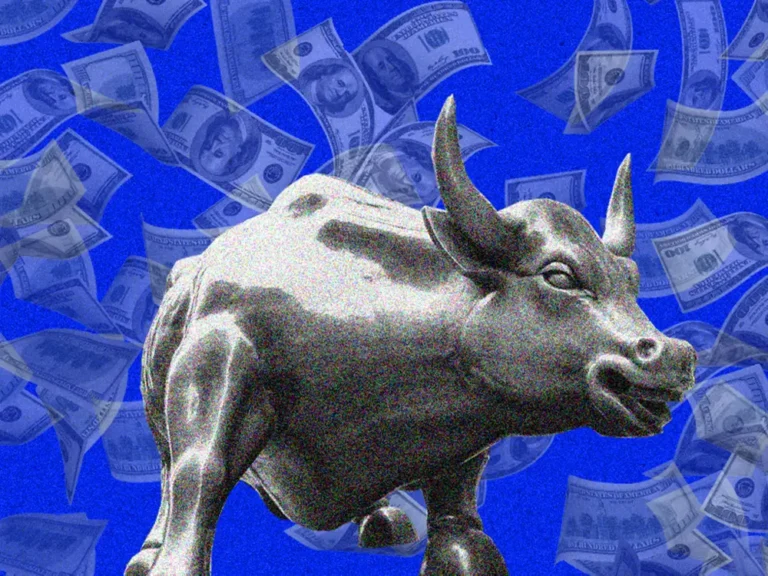‘An underpriced risk’: Wall Street is upbeat but cautious on Nvidia earnings amid chip delays and soaring AI hype

Nvidia will report earnings after Wednesday’s closing bell.
The bulls are getting ready to celebrate another big quarter for the stock market’s top artificial intelligence name, but there’s a note of caution heading into Nvidia’s Wednesday earnings report as well.
All of Wall Street is bracing for this moment, as the chipmaker has essentially become a bellwether to determine the sustainability of the AI rally. Its success or failure in impressing investors will likely move the whole market in the days after it reports results.
While excitement for the technology has sent large caps on a spree in recent quarters, investors are now questioning how much longer the hype can last, and Nvidia’s demand and sales metrics will be important in answering the market’s burning questions.
Meanwhile, supply-side worries have also emerged after the firm’s upcoming Blackwell AI chip was reported to be delayed.
Here’s what some of Wall Street’s top banks are watching as the market gears up for the big event on Wednesday.
Goldman Sachs
The reported delay on Nvidia’s Blackwell chip could spur some near-term volatility after its earnings release, but fundamentals will keep the firm positioned for more upside, Goldman Sachs said. Given the upside from data center revenues and strong operating leverage, the bank expects revenue and earnings-per-share to exceed consensus.
Analysts led by Toshiya Hari wrote that customer demand for Nvidia hardware has stayed strong among leading cloud service providers, and the firm still maintains a competitive edge in the AI computing space.
While investors have come to question whether heavy tech investment in AI is worthwhile, Goldman expects the firm’s earnings call to reveal some return-on-investment metrics that help boost confidence.
Meanwhile, positive earnings-per-share revisions and a favorable risk-reward balance will continue to support the stock.
The impact of any Blackwell-related delays will depend on three factors: the delay’s extent, customer appetite for older Hopper-based chips, and Nvidia’s ability to ramp up production of simplified Blackwell architecture.
Goldman holds a “Buy” rating on Nvidia and an unchanged price target of $135 per share.
Deutsche Bank
Analyst Ross Seymore highlighted that AI computing demand has remained stable, which should help Nvidia deliver a promising earnings performance.
“We remain impressed by NVDAs best-in-class technology roadmap and believe AI fervor by its customers is likely to be sustained, yielding yet another strong quarter/guide,” he wrote.
On the margin, product orders may have fallen back ahead of the Blackwell launch, but aggregate demand trends shouldn’t have suffered, Deutsche wrote.
However, the market has largely accounted for Nvidia’s fundamentals by now, prompting the bank to maintain a “hold” rating.
Bank of America
While previous Nvidia results have been a massive catalyst for a subsequent stock market rally, Bank of America wrote that investors are overlooking an “underpriced risk.”
In a preview note this month, analysts cautioned that the delay of the next-gen Blackwell chip could muffle post-earnings upside in the near term.
However, this shouldn’t be a lasting concern: Nvidia can rely on the Hopper chip for a longer duration, and put out a simplified Blackwell version as a stopgap, the bank said.
“Regardless, any pushouts could further pressure NVDA stock amidst ongoing market uncertainty around rates/geopolitics. However, we see any selloff as enhanced buying opportunity as challenges are not in demand, but in (solvable) supply that will not fundamentally derail NVDA’s longer-term momentum,” analysts wrote.
They said that strong sales of its Hopper chip will likely boost sales to $28.6 billion, above Nvidia’s $28 billion guide and modestly ahead of consensus estimates.
Bank of America has a “Buy” rating on Nvidia and a price target of $150 per share.
Wells Fargo
Wells Fargo projects Nvidia to deliver a revenue and earnings-per-share beat on Wednesday, as data centers and strong operating leverage drive the firm’s performance.
Data center revenue strength will come from robust Hopper H100 demand and the start of H200 chip shipping, the bank wrote. Meanwhile, a ramp-up in the firm’s ethernet-based networking product, Spectrum-X, should also drive upside.
In the coming quarter, Wells Fargo anticipates Nvidia to notch 15% sequential growth in its data center segment and total company revenue.
As mentioned by other banks, Wells Fargo also cited potential Blackwell delays as a factor that could spur some near-term volatility. However, this issue should be felt more in January’s quarter than October’s. Instead, Hopper and Spectrum-X demand will keep revenue appreciating through the coming months, the bank said.
Citi
Citi forecasts that Nvidia stock will likely achieve fresh highs, anticipating the firm will outpace Wall Street’s earnings estimates.
It models $28.5 billion in total quarterly sales, and sees around $1 billion upside to consensus outlooks.
However, Citi noted that Nvidia’s earnings will be below the $2 billion estimate-beat it has notched in the past four quarters, as Blackwell’s concerns weigh on the firm’s performance. Supply-chain issues aside, investors will likely be focused on H100/H200 and Spectrum-X momentum, enterprise demand, and whether there is elevated risk of more restrictions on high-end chip purchases from China.
“We expect Street estimates to go higher for the Jun/Oct-Qs, Blackwell comments to reassure investors on a strong CY25 outlook, and stock to make fresh 52 week high,” Citi wrote.
The bank holds a “Buy” rating on Nvidia and a target price of $150 per share.
Wedbush Securities
This is the most important week for the stock market this year, as Nvidia is likely to turbocharge the AI rally with another “drop the mic performance,” Wedbush Securities wrote last week.
Analyst Dan Ives has been one of the most vocal Nvidia bulls, and his outlook has only strengthened heading into Wednesday’s report. Over the next few years, he sees the firm leading $1 trillion in AI capital expenditures, as the company’s GPUs will remain a critical component of the emerging technology.
“We continue to estimate for every $1 spent on an Nvidia GPU chip there is a $8-$10 multiplier across the tech sector which speaks to our firmly bullish view of tech stocks over the next year,” Ives wrote.
Wedbush Securities holds an “outperform” rating on Nvidia.






